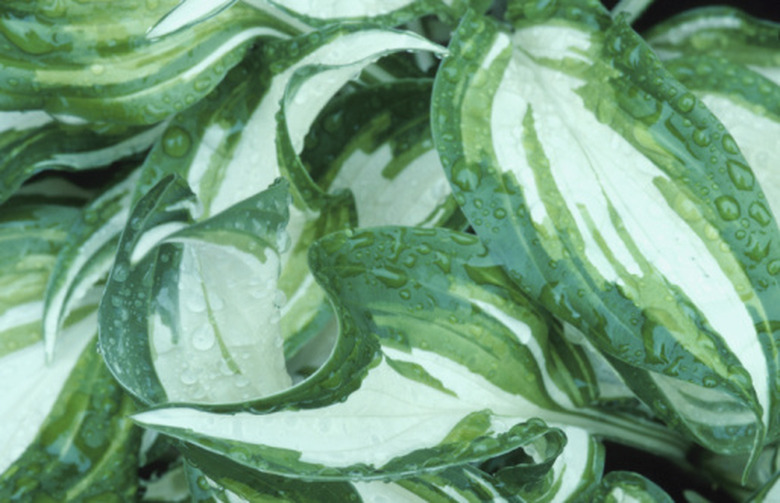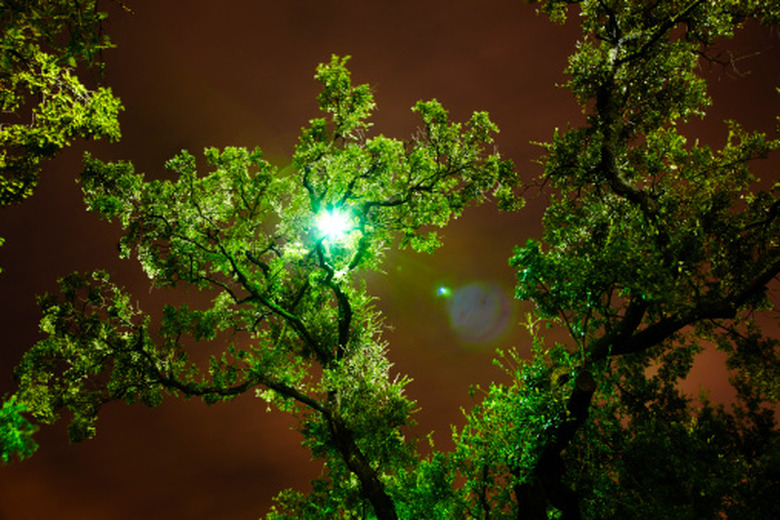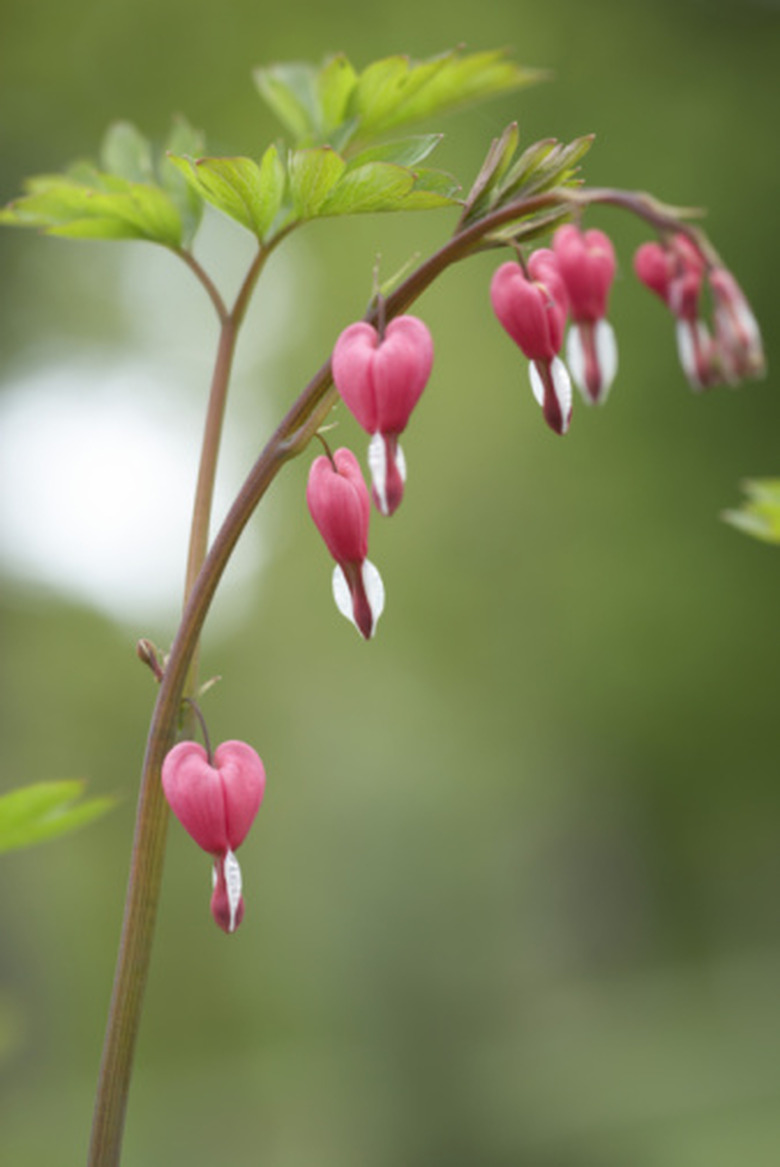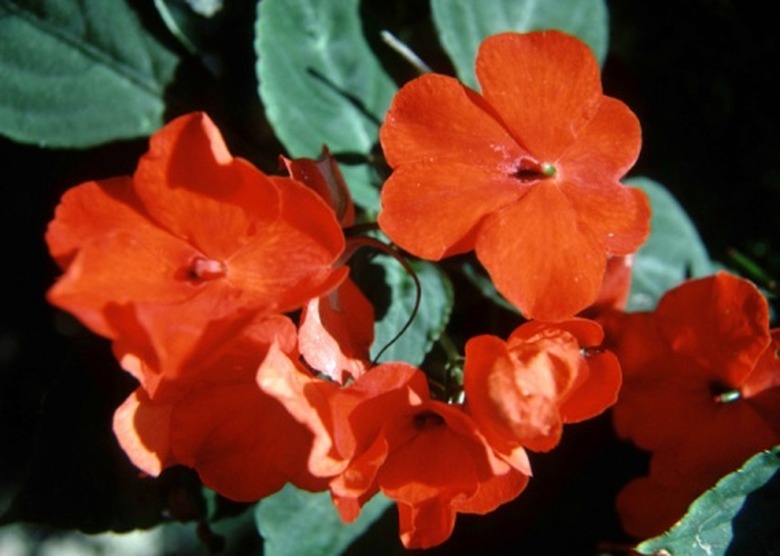The Best Flowers For Half Shade, Half Sun
Some of the world's most famous gardens, from Selby Gardens in Sarasota, Florida, to Alhambra Gardens in Spain, have significant portions full of plants growing in half shade and half sun. Perennials like colorful begonias and delicate bleeding hearts are among a vast array of plants ideally suited to a garden that receives half sun and half shade. Fresh light can also be infused into dark backgrounds with the brightness and flourescence of annuals like impatiens and viola.
Degree of Shade
The half-shade, half-sun garden needs to undergo a precise labeling exercise prior to the selecting of plants. That is because not all shade is the same. There is deep shade, the darkest of growing conditions; light shade, where plants get about three hours of sunlight a day and dappled light the remainder of the day; half shade, which means half the day is full sun, half the day is full shade; and of course, the ultimate condition for herbs and vegetables, full sun, meaning the plants get at least six full hours of unobstructed light each day without any shade.
Flowering Perennials
A garden full of blooming perennial flowers is a perfect solution for the gardener struggling with land that is partially shaded and partially sunlit. Perennials best suited for these light conditions include the hellebore family, all of the hosta family, primrose, leadwort, toad lily, violet, crested iris, woodland phlox, bleeding heart, hardy begonia, columbine, bugbane and lady's mantle. Create a backdrop of flowering trees that do well in shade, including the flowering dogwood and the yew.
Adding Color
Impatiens bring bright colors into a garden with dark light patterns. Select from brilliant oranges and reds to pinks and purples, to set off the half-shade portion of any garden. Nicotiana, also known as flowering tobacco, is another excellent choice. Don't forget to mix in some ornamental grasses to set off the flowering plants.
Relieve Summer Heat
More than any other garden, the half-shade, half-sun garden can elicit feelings of calmness and become an oasis of beauty and refreshment. The heat of summer is eased here, and the plants retain their brilliance, unfettered by a blistering sun. Consider planting natural woodland flowers in shaded areas as well, such as trillium, jack-in-the-pulpits or rhododendron. Lush green ferns add depth and set off the blooms in a shaded garden.
References
- Renee's Garden; What to Plant if You Don't Have Full Sun; Alice Formiga
- Gardens for Beginners; Garden Terms; Joseph Cash



